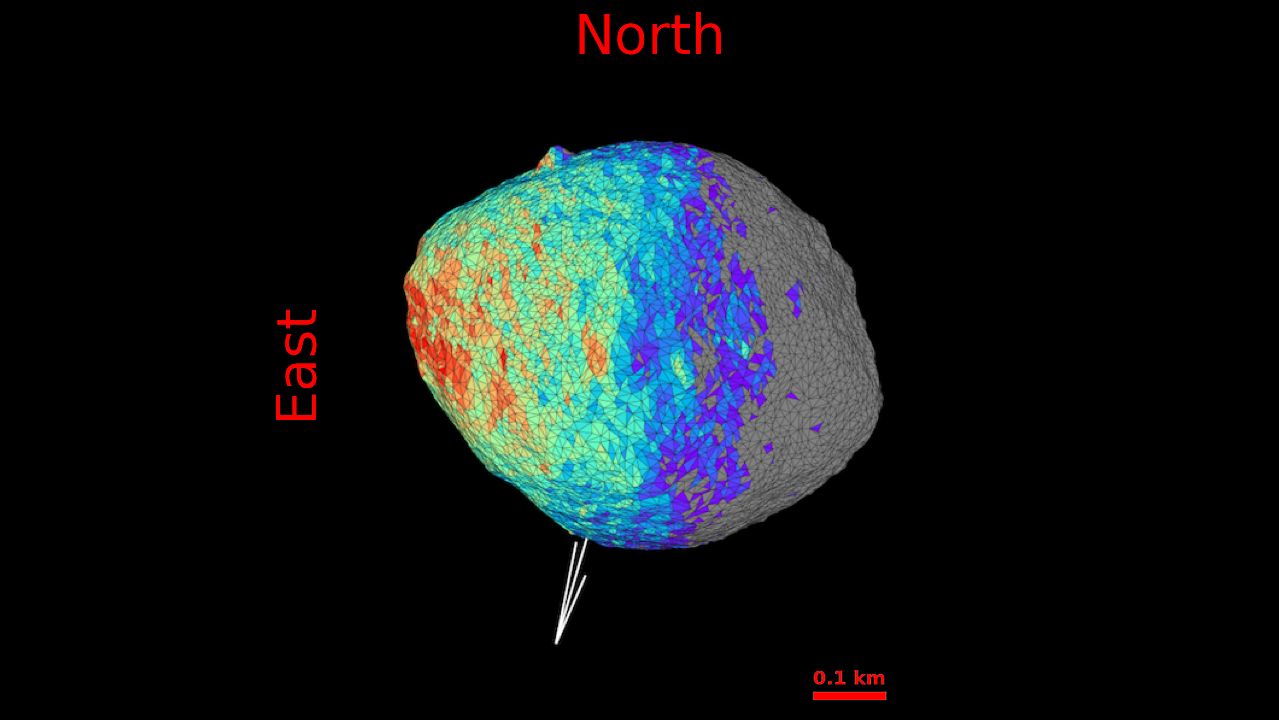A new web-based application has been launched to facilitate the simulation and analysis of rotational light curves for small airless bodies in the Solar System. This tool, developed by a team of researchers led by Juan Luis Rizos, allows users to define specific geometrical and physical conditions, making it a valuable resource for astronomers and researchers.
The application integrates both physical and empirical photometric models, enabling users to input custom shape models, surface properties, and viewing geometries. A noteworthy feature of the tool is its dedicated module, which computes projected silhouettes at the time of stellar occultations. This function allows for direct comparisons with observed data, enhancing the accuracy of research efforts.
Validation and Features of the Tool
Developed using Python and Django, the tool has undergone validation with well-characterized celestial targets, including (136108) Haumea, (101955) Bennu, and (433) Eros. The results demonstrated excellent agreement between synthetic light curves generated by the application and actual observed light curves and silhouettes. This validation reinforces the tool’s reliability for ongoing observational campaigns.
In addition to standard light curve simulations, the application accommodates complex scenarios such as surface heterogeneity, non-principal axis rotation (commonly referred to as tumbling), and phase-angle effects. These capabilities provide researchers with an adaptable platform that can support various studies and mission planning efforts.
Implications for Future Research
The release of this tool marks a significant advancement in the field of astrophysics, particularly in the study of small Solar System objects. By offering a flexible and accessible means to interpret photometric data, the application enhances the potential for new discoveries and insights into the characteristics of these celestial bodies.
The research team, which also includes J. L. Ortiz, P. J. Gutierrez, I. M. Navajas, and L. M. Lara, aims to support ongoing observation campaigns and assist in future mission planning through this innovative tool. As the tool continues to evolve, its contribution to the field of Earth and Planetary Astrophysics is expected to grow.
For further details, the research is available on the arXiv preprint server under the citation arXiv:2510.03192 [astro-ph.EP]. The publication history notes that the initial version was submitted on October 3, 2025, with a revised version following on October 8, 2025. This tool represents a promising development for researchers aiming to deepen their understanding of the Solar System’s smaller bodies.






































































